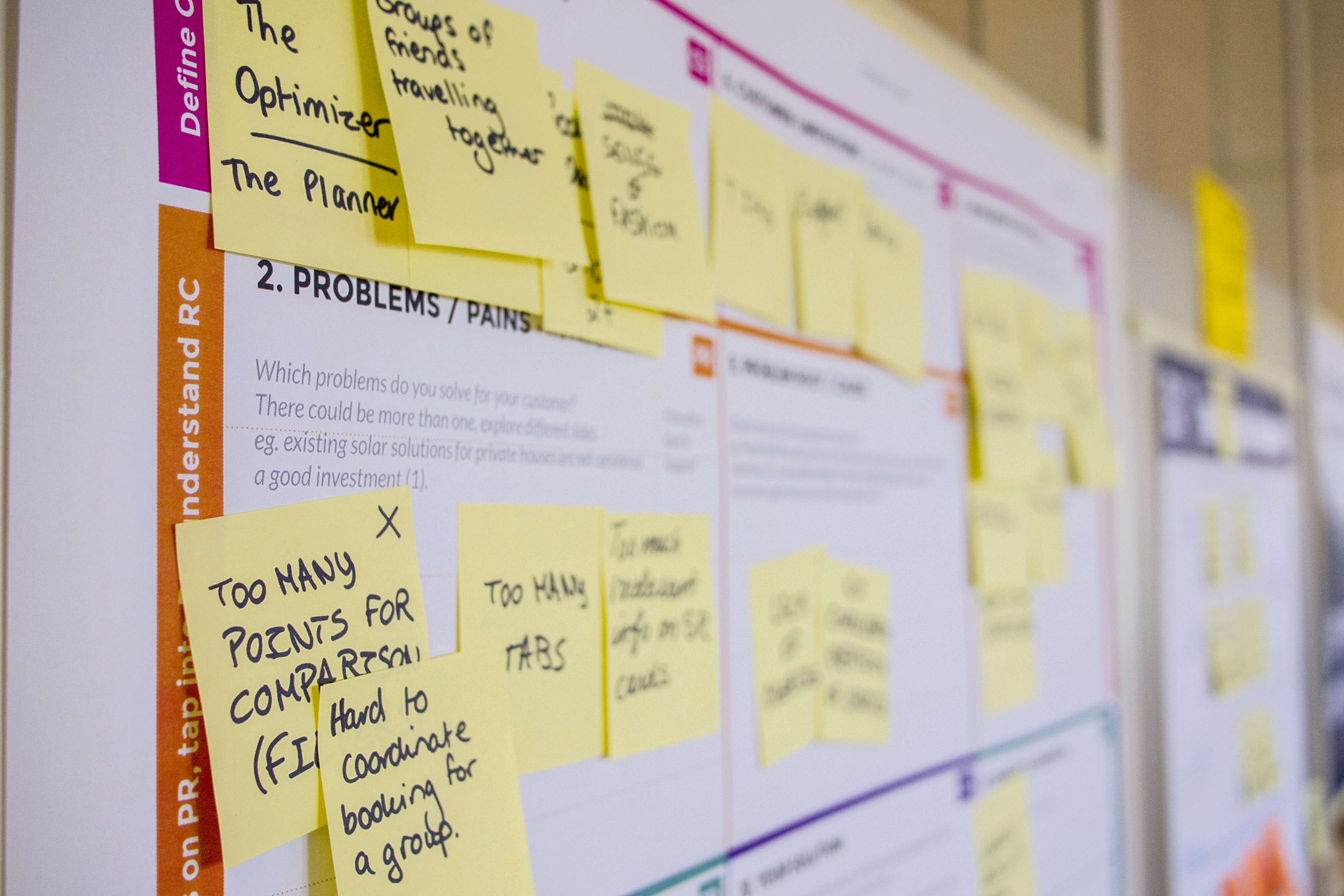Markets change and evolve. Markets are a giant feedback loop.
- The agile market hasn't disappeared, it shrunk. (What is the 'agile' market anyway?)
- Agile, when done well, will continue to benefit companies. But for many, it's not a top priority.
- 'Agile Solution Providers/Practitioners' will need to ... er, be agile and respond to change in order to be relevant. They will also need to be able to show the value they purport to create, and actually execute and create the value.
The agile market hasn't disappeared, it changed and shrunk.


How then to define the market? How can we shift to the Demand side?
The best metaphor I've found to describe this is Bob Moesta's Supply side and Demand side. Simply put, supply side is a focus, the lens, the unit of measure is on what you, your products and your company. Demand side is a focus on the customer, their needs and their problems they're trying to solve. Product categories and industries are supply side constructs. In order for you, regardless of your role, to be successful, you need to shift to the Demand side.
We can redefine or reframe our market to be the Customer and what Job-to-be-Done they are focused on. The term 'Customer', especially in the agile community, is mostly incorrectly defined as someone who uses your product/experience. This is a 'user' or a 'stakeholder', but not the Customer. A 'Customer' is someone who benefits from the outcome that your product/experience/company provides. There might be different buyers, but there is typically one Customer. This is one of the chief reasons any innovation/product/project fails. They build for a user or stakeholder without understanding the needs the Customer.
